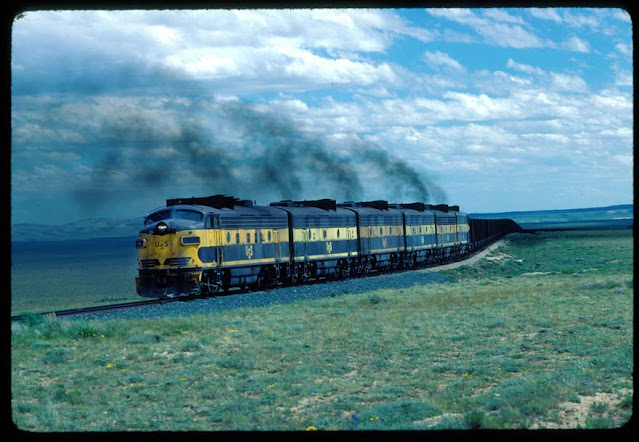Car Transfer Ferry on the Chicago Burlington & Quincy Railroad (Engineering News, Sept. 23rd 1915)

This is an article from Engineering News printed originally in 1915. (Vol 74, no. 13). I believe its interest required it to be preserved in the digital form, so that's what this blog is about. Hope you enjoy! Car Transfer Ferry on the C. B. & Q. RR In order to develop a new rail route from the Northwestern States to the Gulf, the Chicago, Burlington & Quincy R.R. is building a line 13 mi. in length from its present terminal at Metropolis, Ill., to connect with the Nashville, Chattanooga & St. Louis Ry. at Paducah, KY. The principal engineering feature of this line will be the great double-track bridge across the Ohio River, but this will not be completed for some time. [Interestingly, the only bridge over the Ohio near Metropolis is currently only single tracked as of 2020] To provide immediate communication across the river, the new railway has been extended down the bank on each side of the river, and cars will be ferried across on transfer boats. These are double-tr...









